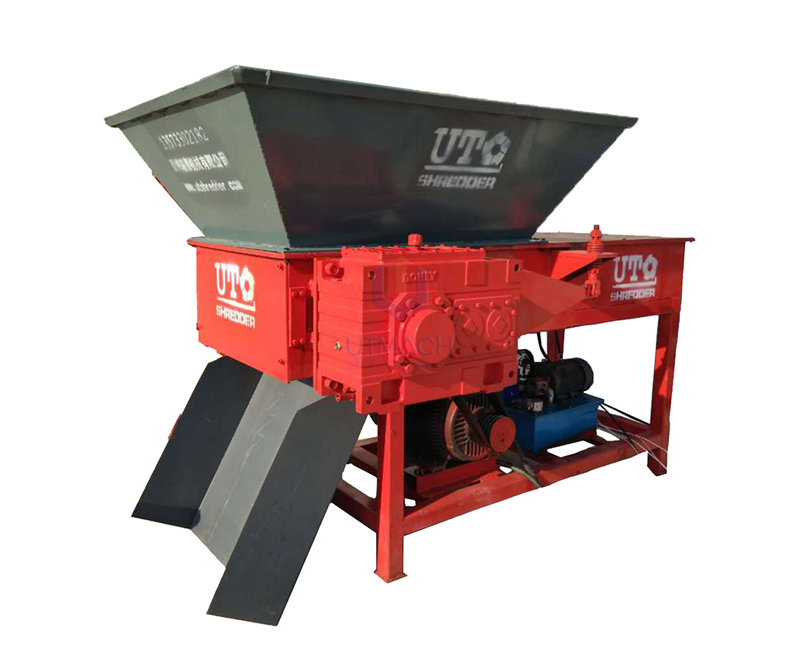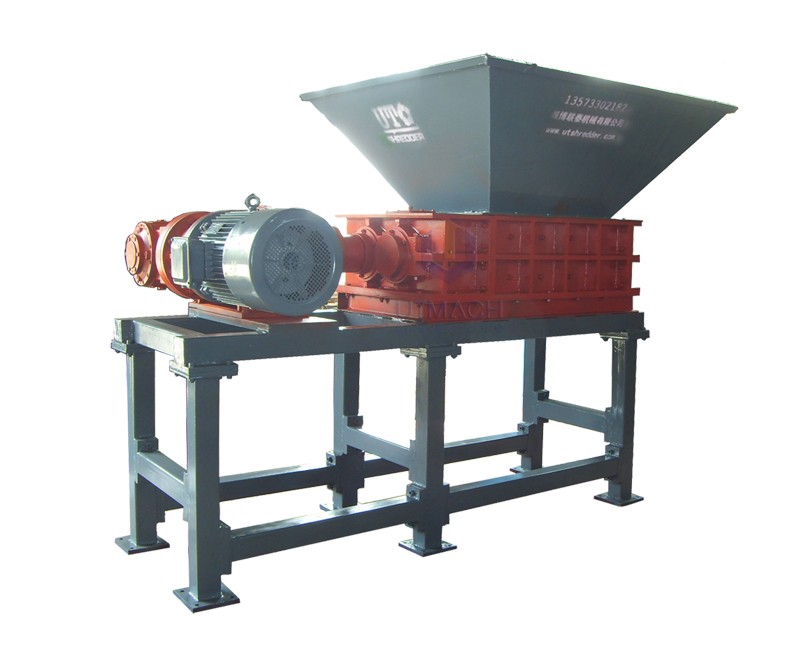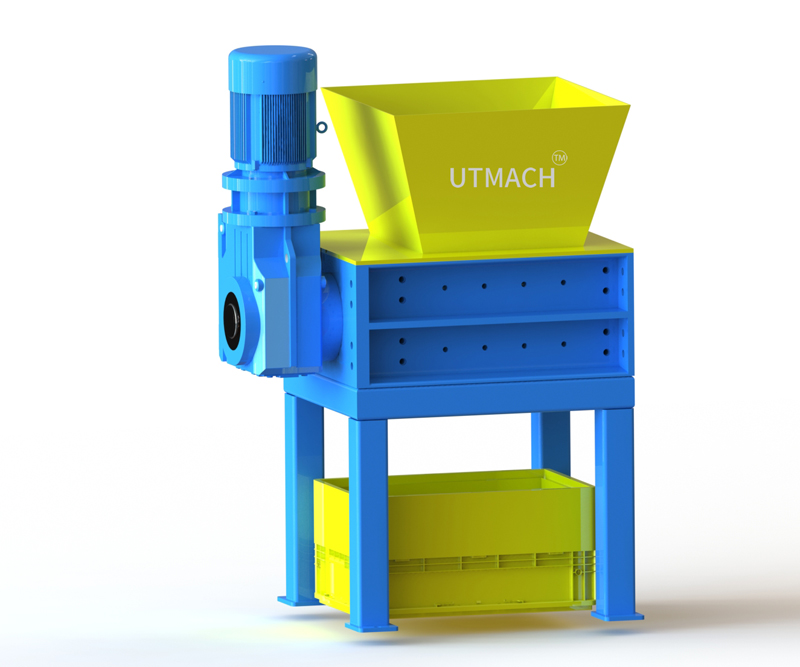Shredder Blades Materials Comparison
The material of shredder blades directly affects their service life, cutting performance, and maintenance cost. Below is a comparison of commonly used materials and their applications:
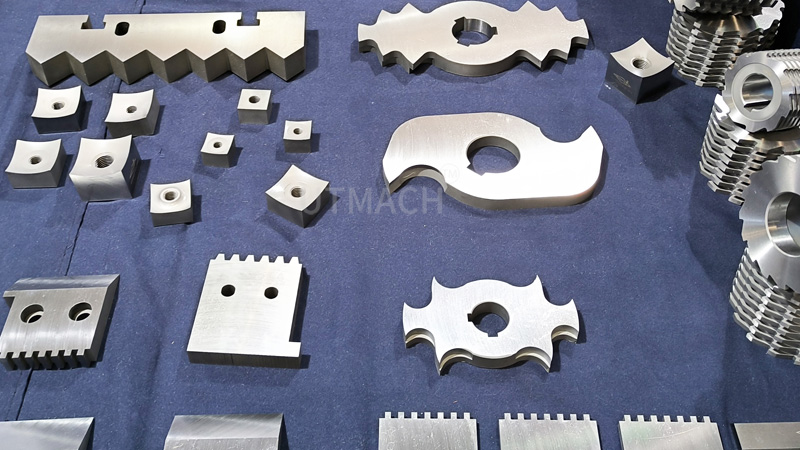
1. 9CrSi: High hardness and wear resistance, moderate toughness. Suitable for plastics, wood, and medium-strength materials.
2. 6CrW2Si: Tungsten-added steel with good wear and heat resistance. Suitable for waste wood and light metals.
3. 42CrMo: Excellent toughness and impact resistance but lower wear resistance. Commonly used for knife shafts and high-impact components.
4. SKD-11 / D2: High-carbon, high-chromium steel with excellent wear resistance and high hardness. Moderate toughness. Widely used for shredding scrap metal, tires, and plastics.
5.DC53:Improved SKD-11 with over twice the toughness of D2, excellent impact resistance. Suitable for demanding applications.
6.LD:Chinese cold work tool steel with balanced toughness and wear resistance. Used for blades requiring higher toughness.
7. Cr12MoV: Common tool steel with good wear resistance but prone to brittle fracture. Suitable for plastics, rubber, and fiber shredding.
8.55SiCr:Spring steel with good toughness and fatigue resistance, but lower hardness. Often used for blade bodies or non-cutting parts.
9.H13: Hot work tool steel with good high-temperature strength and impact resistance. Moderate wear resistance. Suitable for shredding hot metals or high-friction materials.
10. Alloy Steel 8620: Low-carbon carburizing steel with high toughness and impact strength. Commonly used for shafts and gears, less wear-resistant than high-carbon tool steels.

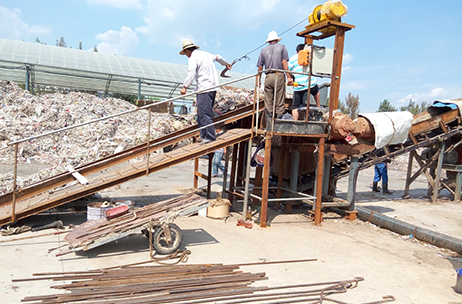








 Position :
Position : 